In the competitive landscape of compact SUVs, the Skoda Kamiq and the Toyota Yaris Cross emerge as two strong contenders. Both vehicles boast a range of technical innovations and specifications, making them appealing choices for consumers. This article delves into the key differences and similarities between the two models, highlighting aspects such as performance, efficiency, and interior features.
Skoda Kamiq vs Toyota Yaris Cross – Performance, range & efficiency compared
Two cars, one duel: Skoda Kamiq meets Toyota Yaris Cross.
Which one wins in performance, efficiency and value for money? Find out now!
Design and Dimensions
The Skoda Kamiq stands at a length of 4241 mm and offers a width of 1793 mm, positioning it as a slightly larger option compared to the Toyota Yaris Cross, which measures 4180 mm in length and 1765 mm in width. The Kamiq's height of 1562 mm contrasts with the Yaris Cross, which is slightly taller at 1595 mm. These dimensions suggest that while both vehicles are compact SUVs, the Kamiq may provide a more spacious feel inside, thanks to its longer wheelbase.
Powertrain Options
Under the hood, the Skoda Kamiq offers a range of petrol engines with power outputs of 95, 115, and 150 HP, coupled with both manual and dual-clutch automatic transmissions. Its engines can produce torque figures of up to 250 Nm, providing decent acceleration capabilities with a 0-100 km/h time as low as 8.3 seconds.
In contrast, the Toyota Yaris Cross is equipped with a full hybrid powertrain, delivering 116 to 130 HP. It features a Continuously Variable Transmission (CVT), which provides a smooth driving experience while enhancing fuel efficiency. Its 0-100 km/h acceleration ranges from 10.7 to 11.3 seconds, which, while slightly slower than the Kamiq at its best, still offers acceptable performance in everyday driving scenarios.
Fuel Efficiency
Fuel consumption is a significant consideration for buyers in this segment. The Skoda Kamiq's petrol engines demonstrate consumption rates of approximately 5.4 to 5.7 L/100 km, which is decent for a compact SUV. In comparison, the Yaris Cross shines with its hybrid technology, achieving an impressive 4.5 to 4.8 L/100 km. This difference in fuel economy may be a decisive factor for environmentally-conscious consumers or those looking to cut down on fuel expenses.
Emissions and Environmental Impact
When it comes to CO2 emissions, the Skoda Kamiq emits between 121 and 130 g/km, placing it in the D efficiency class. Meanwhile, the Toyota Yaris Cross boasts a more environmentally friendly profile, with emissions rated between 101 and 108 g/km, allowing it to be classified in the C efficiency class. This underscores the Yaris Cross's appeal to those who prioritize sustainability in their vehicle choice.
Interior and Cargo Space
Both vehicles provide seating for five passengers, but they offer different cargo capacities. The Skoda Kamiq excels in this area with a trunk capacity of 400 liters, while the Toyota Yaris Cross offers up to 397 liters, depending on configuration. The Kamiq's spacious interior can be advantageous for families or those requiring extra storage for longer journeys.
Technology and Innovations
When it comes to technological advancements, both models offer a host of features designed to enhance the driving experience. The Skoda Kamiq is outfitted with options for advanced infotainment systems, including smartphone integration and driver-assistance technologies that aid with safety on the road.
On the other hand, the Toyota Yaris Cross highlights its hybrid technology with innovative energy management systems that optimize efficiency and performance. Additionally, it often includes an electric driving mode, making city driving more efficient and quieter than traditional combustion engines.
Conclusion
The choice between the Skoda Kamiq and the Toyota Yaris Cross ultimately hinges on individual priorities. If performance and interior space are paramount, the Kamiq shines with its robust engine choices and spacious cabin. However, for buyers focused on fuel efficiency and lower emissions, the Yaris Cross presents a compelling option with its hybrid technology. Each model has a unique selling point, ensuring both will continue to attract attention in the ever-evolving compact SUV market.
Here’s where it gets real: The technical differences in detail
Costs and Efficiency:
Price and efficiency are key factors when choosing a car – and this is often where the real differences emerge.
Skoda Kamiq has a minimal advantage in terms of price – it starts at 21700 £, while the Toyota Yaris Cross costs 23700 £. That’s a price difference of around 1980 £.
Fuel consumption also shows a difference: Toyota Yaris Cross manages with 4.50 L and is therefore slightly more efficient than the Skoda Kamiq with 5.30 L. The difference is about 0.80 L per 100 km.
Engine and Performance:
Power, torque and acceleration are the classic benchmarks for car enthusiasts – and here, some clear differences start to show.
When it comes to engine power, the Skoda Kamiq has a slightly edge – offering 150 HP compared to 130 HP. That’s roughly 20 HP more horsepower.
In acceleration from 0 to 100 km/h, the Skoda Kamiq is noticeable quicker – completing the sprint in 8.10 s, while the Toyota Yaris Cross takes 10.70 s. That’s about 2.60 s faster.
In terms of top speed, the Skoda Kamiq performs clearly perceptible better – reaching 216 km/h, while the Toyota Yaris Cross tops out at 170 km/h. The difference is around 46 km/h.
Space and Everyday Use:
Cabin size, boot volume and payload all play a role in everyday practicality. Here, comfort and flexibility make the difference.
Both vehicles offer seating for 5 people.
In curb weight, Toyota Yaris Cross is hardly perceptible lighter – 1180 kg compared to 1231 kg. The difference is around 51 kg.
In terms of boot space, the Skoda Kamiq offers hardly perceptible more room – 400 L compared to 397 L. That’s a difference of about 3 L.
In maximum load capacity, the Skoda Kamiq performs noticeable better – up to 1395 L, which is about 298 L more than the Toyota Yaris Cross.
When it comes to payload, Skoda Kamiq slight takes the win – 539 kg compared to 510 kg. That’s a difference of about 29 kg.
Who comes out on top?
Overall, the Skoda Kamiq shows itself to be dominates this comparison and secures the title of DriveDuel Champion.
It convinces with the more balanced overall package and proves to be the more versatile choice for everyday use.
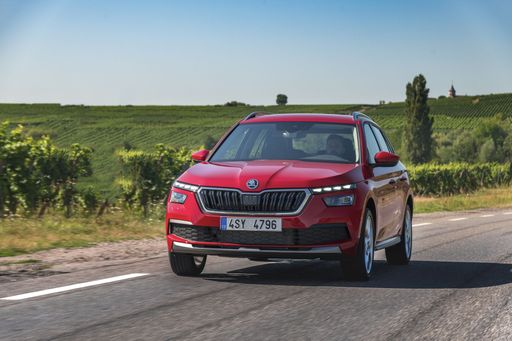 @ Škoda Auto a.s. / Škoda Storyboard
@ Škoda Auto a.s. / Škoda Storyboard
Skoda Kamiq
Skoda Kamiq
The Skoda Kamiq is a neatly packaged city crossover that pairs practical space with unshowy, thoughtful design. It’s easy to live with, economical to run and full of clever details that make daily driving feel intelligently sorted rather than flashy.
details @ Škoda Auto a.s. / Škoda Storyboard
@ Škoda Auto a.s. / Škoda Storyboard
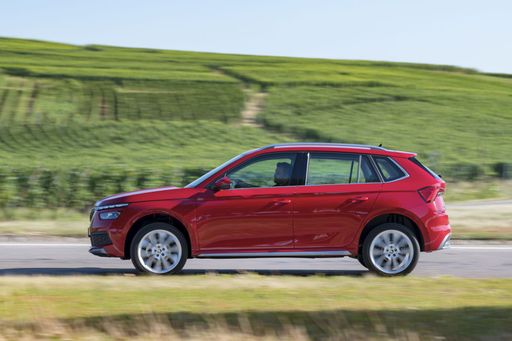 @ Škoda Auto a.s. / Škoda Storyboard
@ Škoda Auto a.s. / Škoda Storyboard
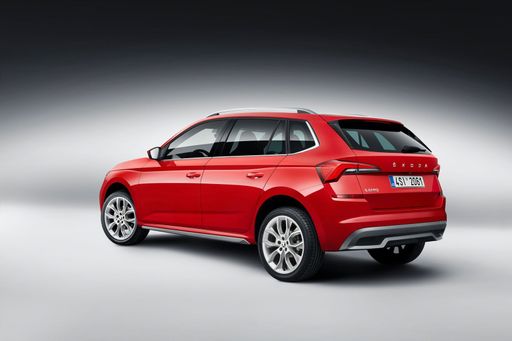 @ Škoda Auto a.s. / Škoda Storyboard
@ Škoda Auto a.s. / Škoda Storyboard
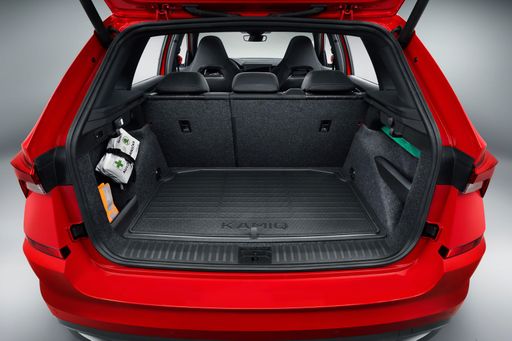 @ Škoda Auto a.s. / Škoda Storyboard
@ Škoda Auto a.s. / Škoda Storyboard
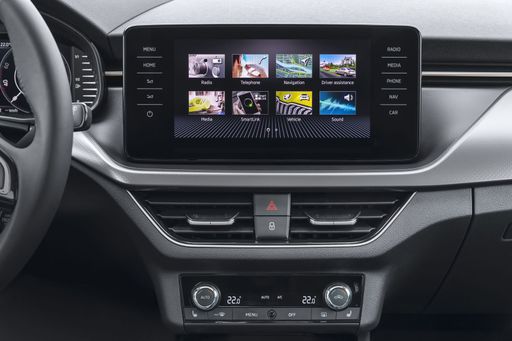 @ Škoda Auto a.s. / Škoda Storyboard
@ Škoda Auto a.s. / Škoda Storyboard
Toyota Yaris Cross
The Toyota Yaris Cross takes the jaunty personality of the Yaris and gives it a taller stance and a bit more practicality, so you get city-friendly agility with added SUV presence. It’s easy to live with, economical on the daily grind, and smartly packaged — a sensible pick for buyers who want fuss-free transport with a touch of character.
details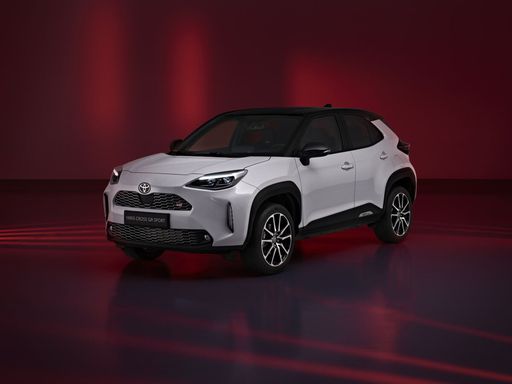 @ Toyota Motor Corporation
@ Toyota Motor Corporation
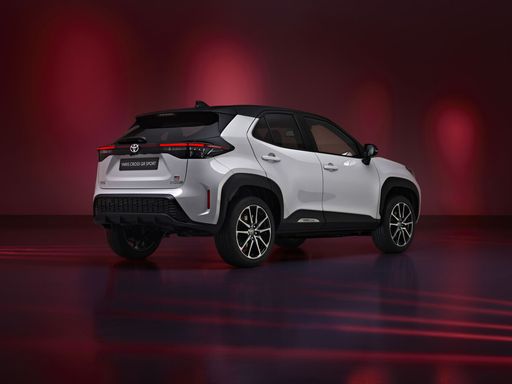 @ Toyota Motor Corporation
@ Toyota Motor Corporation
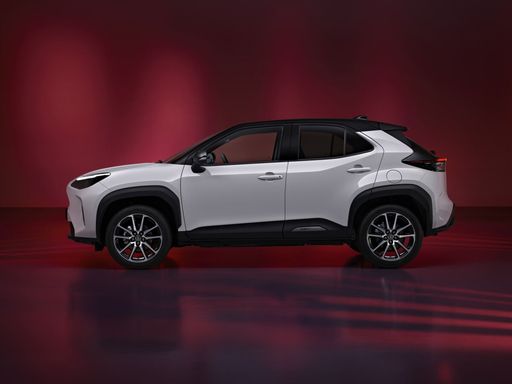 @ Toyota Motor Corporation
@ Toyota Motor Corporation
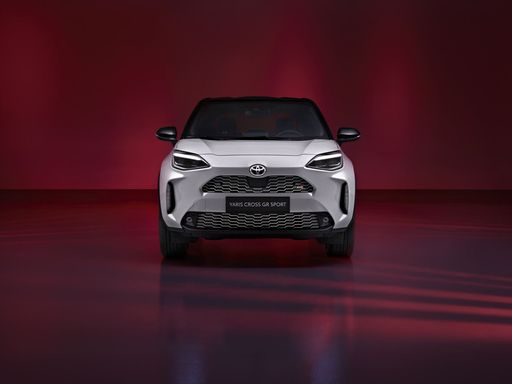 @ Toyota Motor Corporation
@ Toyota Motor Corporation
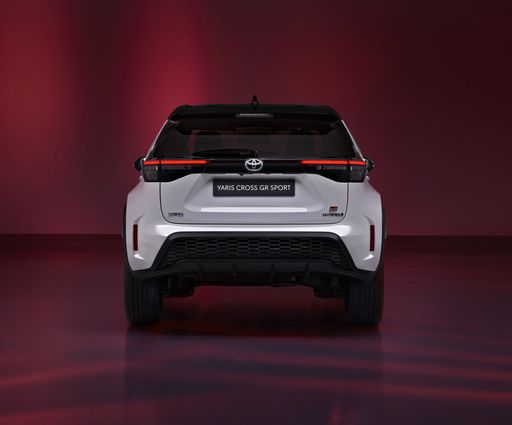 @ Toyota Motor Corporation
@ Toyota Motor Corporation
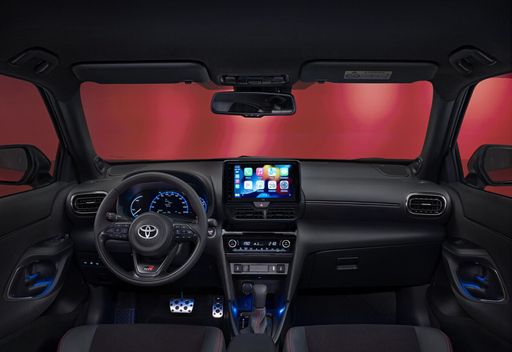 @ Toyota Motor Corporation
@ Toyota Motor Corporation
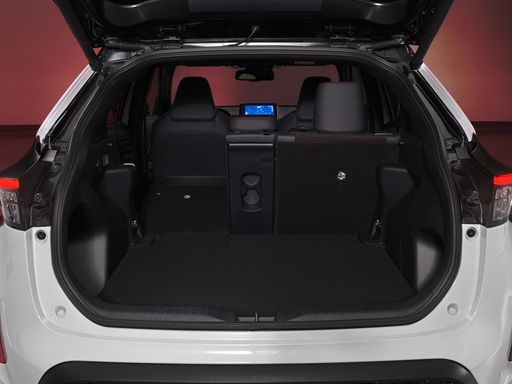 @ Toyota Motor Corporation
@ Toyota Motor Corporation
 @ Škoda Auto a.s. / Škoda Storyboard
@ Škoda Auto a.s. / Škoda Storyboard
|
 @ Toyota Motor Corporation
@ Toyota Motor Corporation
|
|
|
|
Costs and Consumption |
|
|---|---|
|
Price
21700 - 31900 £
|
Price
23700 - 34300 £
|
|
Consumption L/100km
5.3 - 5.7 L
|
Consumption L/100km
4.5 - 4.8 L
|
|
Consumption kWh/100km
-
|
Consumption kWh/100km
-
|
|
Electric Range
-
|
Electric Range
-
|
|
Battery Capacity
-
|
Battery Capacity
-
|
|
co2
121 - 128 g/km
|
co2
101 - 108 g/km
|
|
Fuel tank capacity
50 L
|
Fuel tank capacity
36 L
|
Dimensions and Body |
|
|---|---|
|
Body Type
SUV
|
Body Type
SUV
|
|
Seats
5
|
Seats
5
|
|
Doors
5
|
Doors
5
|
|
Curb weight
1231 - 1340 kg
|
Curb weight
1180 - 1290 kg
|
|
Trunk capacity
400 L
|
Trunk capacity
320 - 397 L
|
|
Length
4241 mm
|
Length
4180 mm
|
|
Width
1793 mm
|
Width
1765 mm
|
|
Height
1562 mm
|
Height
1595 mm
|
|
Max trunk capacity
1395 L
|
Max trunk capacity
1097 L
|
|
Payload
439 - 539 kg
|
Payload
485 - 510 kg
|
Engine and Performance |
|
|---|---|
|
Engine Type
Petrol
|
Engine Type
Full Hybrid
|
|
Transmission
Manuel, Automatic
|
Transmission
Automatic
|
|
Transmission Detail
Manual Gearbox, Dual-Clutch Automatic
|
Transmission Detail
CVT
|
|
Drive Type
Front-Wheel Drive
|
Drive Type
Front-Wheel Drive, All-Wheel Drive
|
|
Power HP
95 - 150 HP
|
Power HP
116 - 130 HP
|
|
Acceleration 0-100km/h
8.1 - 11 s
|
Acceleration 0-100km/h
10.7 - 11.3 s
|
|
Max Speed
183 - 216 km/h
|
Max Speed
170 km/h
|
|
Torque
175 - 250 Nm
|
Torque
-
|
|
Number of Cylinders
3 - 4
|
Number of Cylinders
3
|
|
Power kW
70 - 110 kW
|
Power kW
85 - 96 kW
|
|
Engine capacity
999 - 1498 cm3
|
Engine capacity
1490 cm3
|
General |
|
|---|---|
|
Model Year
2025
|
Model Year
2024 - 2025
|
|
CO2 Efficiency Class
D
|
CO2 Efficiency Class
C
|
|
Brand
Skoda
|
Brand
Toyota
|
What drive types are available for the Skoda Kamiq?
Available configurations include Front-Wheel Drive.
The prices and data displayed are estimates based on German list prices and may vary by country. This information is not legally binding.
